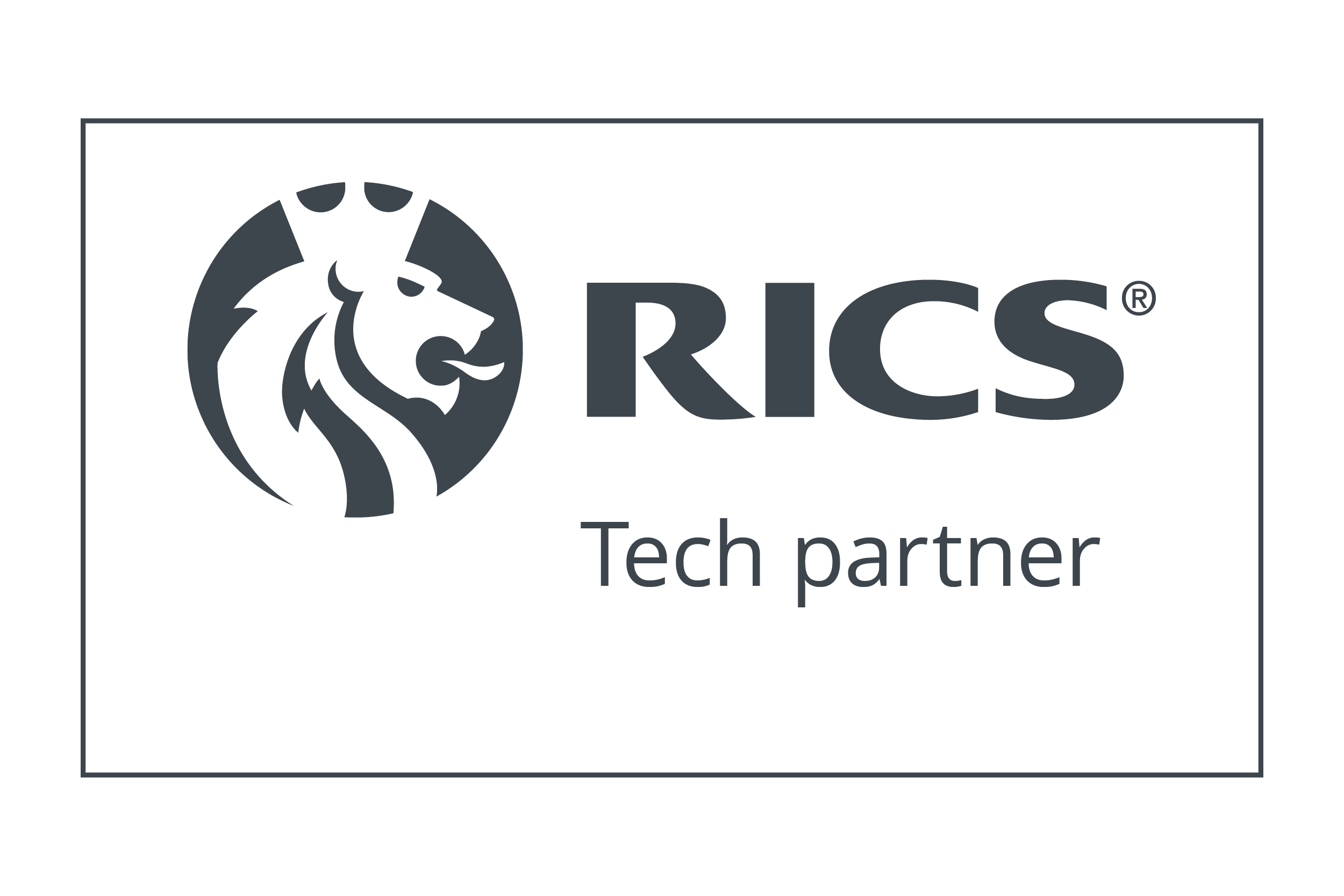Stories about the lack of affordable housing, both across the U.S. and the wider world have been dominating the news cycle of late. While at first glance it appears that this crisis has been brought about by the pandemic and the inflated cost of living, there are a number of other factors at play.
With large numbers of people having lost their jobs and facing financial struggles from one week to the next, there has been an inevitable rise in demand for the support of low-income housing schemes and programs.
However, this issue has been worsened by the slow rate of housing development in the United States, due in part to regulatory change, a lack of space prime for buildings, and zoning laws that prohibit the construction of certain property classes.
To make matters worse, the pandemic created a knock-on effect on supply chains, creating a raft of issues that are still felt to this day. On top of this, interest rate increases have forced landlords to increase rents to unsustainable levels in some major cities and urban areas.
With these issues in mind, let’s take a look at US property statistics, highlighting the decline in affordable housing and how technology can facilitate a safe, more affordable housing market.
What is affordable housing?
According to the federal government, affordable housing should account for no more than 30% of a household’s income. Of course, affordability varies on an individual basis, coming down to how much such a household makes on an annual basis, the average household income in a particular area, and a number of other factors.
As highlighted in a Boxabl visualization, the house-to-income ratio (equating to the number of years of income needed to buy a house) has traditionally been around the 3 to 4-year mark. However, it went up to a peak of 5.11 at the time of the housing bubble, which led to the financial crisis of 2007-2008.
Then, in 2021, it reached an all-time high with the purchase of a house equating to 5.61 times the average yearly income. While those on the lowest incomes have been most severely impacted, the affordability issue also affects moderate-income earners in high-cost areas. This is a key point, given that more than 80% of US residents have chosen to live in urban settings as of 2023.
The decline in affordable housing
The factors mentioned above have combined to cause a severe decline in the availability of affordable housing across the US, with rents rising and a scarcity of supply. One report revealed that there had been an 8% decline or loss of over 500,000 affordable units for extremely low-income renters.
Although there has been a slight easing of median prices from a peak of $479,500 in Q4 of 2022 to $436,800 in Q1 of 2023, property purchasing is still a distant dream for many. The growing level of concern has been highlighted by a Pew Research Center survey, revealing that 49% of US residents considered the availability of affordable housing to be the number one problem facing local communities. This was reported as applying particularly to young Americans (55%), urban residents (63%), and those on lower incomes (57%).
While the affordability issue has undoubtedly been made worse by the pandemic, the root cause is perceived to be a shortfall in new home construction. Indeed, there has been a historical decline in the number of new housing developments each year, down from 1.7 million in January 1959 to 1.3 million in January 2023. This is despite the immense growth of the US population, which almost doubled from 176 to 335 million over the same period.
How to get housing back on track
As Property Inspect has previously reported, the U.S. Department of Housing and Urban Development (HUD) is playing a key role in addressing the crisis. This has been seen in the introduction of the affordable housing program, with the aim of widening the availability of affordable properties for eligible low-income families, seniors, and people with disabilities.
Many of these affordable units are being administered through the Housing Choice Voucher program, which provides additional support for those meeting the eligibility criteria. However, it’s clear that more has to be done to ensure the provision of safe, suitable, and affordable homes for America’s lowest earners.
While the introduction of government initiatives is obviously a positive step, time will have to be allowed for the cost of borrowing to dip once more following the pandemic. Thankfully there is little risk of a repeat of the housing downturn of 2006-2009, given the increased scrutiny and understanding of mortgage lending practices.
Prospective borrowers can also be assured of the increased banking regulation, capital adequacy rules and monitoring of asset-backed securities.
Technological developments will be vital to the recovery of America’s property sector and affordable housing provisions too. As Warrick Swift, Commercial Director and Head of Europe at Property Inspect commented on the Cretech Affordable Housing podcast: “Whether it’s virtual reality and 3D visualization or smart home technology. By incorporating a number of the technologies we’ll ultimately reduce costs that are then passed on to residents in affordable housing.”
This was backed up by Ray Costello, Managing Director of Property Inspect US, who said: “Our country is experiencing a huge housing crisis right now. And one of the things making the crisis worse and that we see on an almost daily basis is the lack of technology to streamline the processes and get folks who are experiencing homelessness or housing insecurity housed.”
Technology’s role in reviving affordable housing
Although the HUD has an overarching responsibility for addressing the lack of affordable housing, everyday operations are managed by an extensive network of public housing agencies across the US. Many of these agencies would be empowered to work with far greater efficiency, and given the ability to streamline inspections and reporting processes with proptech.
As Ray Costello pointed out: “It used to take the city of Chicago 90 days to onboard a unit and a resident. It is a long time, especially if you’re experiencing homelessness or you are insecure about whether you’re going to be evicted or anything like that. By using our software they were able to take that time and cut it on average from 90 days down to 30 days.”
Switching from pen, paper and spreadsheets to all-in-one property inspections and operations software gives property professionals much greater confidence in compliance with recognized housing standards.
The use of technology will also lead to greater confidence for those moving into affordable homes. Highlighting the need for preventative maintenance, Property Inspect can make a real difference in meeting the National Standards for the Physical Inspection of Real Estate (NSPIRE), thereby ensuring the best outcome for all involved.
At the heart of what we do at Property Inspect is to improve building compliance and standards. We feel that there are many ways to get to that point, but the most crucial factor is getting our solution into the hands of the people working hard to give Americans a safe and affordable place to call home.
From industry leaders to company associations, we need to work collaboratively to ensure that there are adequate solutions for those who need help. This will mean taking an open collaborative approach, with partnerships that foster a future-focused, technology-enabled culture of innovation.
Affordable housing doesn’t need to be a bad word any more. If you’re a multifamily housing company and you have less than 100% occupancy in your portfolio then you should be looking to be part of these programs.
So, if you’re among the increasing number of property professionals looking to make a difference, sign up for a free trial of Property Inspect.
With a range of time-saving benefits, you’ll be able to cut your workload significantly and ensure that affordable units are safe, habitable and ready for the households most in need across the United States.











